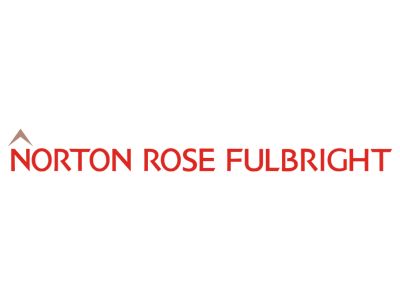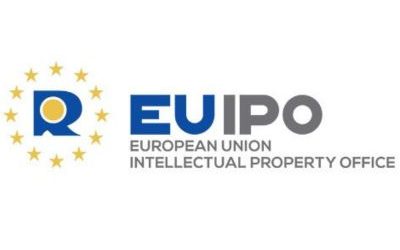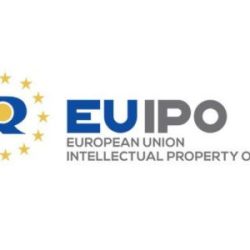In a landmark judgment, the Hamburg Regional Court ruled in Kneschke v. LAION (Case No. 310 O 227/23) that the actions of the Large-Scale Artificial Intelligence Open Network (LAION) did not constitute copyright infringement. This case, which focused on the intersection of AI and copyright law, is expected to have far-reaching consequences for the legal landscape surrounding AI development and text and data mining (TDM).
Case overview
The dispute arose when LAION, a Hamburg-based non-profit organization that provides datasets for machine learning research, automatically downloaded a copyrighted image by photographer Robert Kneschke in 2021. LAION incorporated the image into a dataset, LAION 5B, designed to link images with descriptive text for AI training purposes. Kneschke argued that this amounted to copyright infringement, as LAION had used his image without permission. LAION defended its actions, asserting that the copying of the image fell within one of the exceptions to copyright infringement provided by German and EU law.
The key question for the court was whether copying an image to create a dataset for AI training constituted copyright infringement. Importantly, the case did not delve into issues related to AI model training or content generation using the dataset, focusing solely on the dataset creation process.
Court ruling
In its ruling in September 2024, the Hamburg Regional Court dismissed Kneschke’s copyright infringement claim, with the plaintiff ordered to bear the legal costs. The court based its decision on an exception provided under Section 60d of the German Copyright Act (UrhG), which relates to TDM for scientific research purposes.
Section 60d of the UrhG, implementing Article 3 of the EU Digital Copyright Directive, allows research organizations to copy copyrighted works for TDM in the context of scientific research. The court determined that LAION, a non-profit organization providing free datasets to the research community, qualified for this exception.
Kneschke argued that LAION’s collaborations with commercial entities disqualified it from being considered a research organization. However, the court ruled that LAION’s transparent, non-commercial nature and the fact that its datasets were made freely available to researchers were sufficient to meet the criteria for the exception.
Broader legal implications
The court’s ruling in favor of LAION brings clarity to the application of the TDM exception for scientific research but also leaves several critical legal questions unresolved. One of the key issues raised by the case is whether AI-driven data scraping can be considered TDM and, if so, how rights holders can block such activities.
Under Section 44b of the UrhG, lawfully accessible works can be reproduced for TDM, provided the rights holder has not reserved the use of their work. In this case, Kneschke pointed to Bigstock’s terms of use, which explicitly prohibited the use of automated tools, including scraping or indexing, without permission. While the court ultimately dismissed the claim based on the Section 60d exception, it did suggest that these terms of use could potentially serve as a machine-readable opt-out for future cases under Section 44b.
Future considerations: AI and copyright opt-outs
The court’s comments regarding the “machine-readable” nature of opt-outs could shape future copyright cases involving AI. Traditionally, rights holders use technical tools like robots.txt files to block web crawlers and automated scraping. However, the court implied that as AI tools, particularly large language models (LLMs), become more sophisticated, natural language instructions in terms of use agreements might be considered machine-readable opt-outs. This is a significant departure from traditional approaches to copyright protection in the digital age, raising questions about how legal frameworks will evolve alongside technological advancements.
Commentary and future developments
This ruling is particularly important for non-commercial AI developers who conduct TDM for research purposes. It confirms that such organizations may benefit from the TDM exception in Section 60d of the UrhG, provided they meet the criteria of acting in the public interest and reinvesting profits into research. However, commercial entities or organizations that profit from their research are unlikely to qualify under this exception.
Additionally, the court’s ruling suggests that the broader TDM exception under Section 44b remains an area of legal uncertainty, especially concerning how opt-out provisions are interpreted in the context of AI. The court did not directly address the issue of whether advanced LLMs could have interpreted natural language terms of use in 2021 when LAION downloaded Kneschke’s image. This leaves open the question of what constitutes an effective opt-out for AI tools at different stages of their development.
As AI technologies continue to evolve, the balance between protecting intellectual property rights and fostering innovation in AI research will be an ongoing challenge. This case may serve as a reference point for future litigation, with potential appeals and further clarification from higher courts likely to follow.

Written by Ronak Kalhor-Witzel
Counsel, Norton Rose Fulbright
You may also like…
UEFA partners with Alliance for Creativity and Entertainment to enhance global anti-piracy strategy
October 21, 2025 - The Union of European Football Associations (UEFA) has officially joined the Alliance for...
EUIPO and UANIPIO welcome the integration of Ukraine’s trademarks into TMview
The European Union Intellectual Property Office (EUIPO) and the Ukrainian National Office for Intellectual Property...
Jägermeister succeeds in opposing the EU trademark application Alten Kräuterfrau for alcoholic beverages
Mast-Jägermeister SE filed an opposition on the grounds of Article 8(1)(b) – likelihood of confusion between the signs...
Contact us to write for out Newsletter














